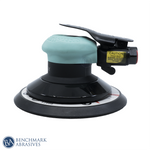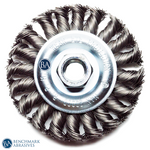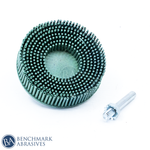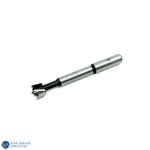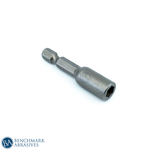
Tips for Using a PSA Sanding Disc

Pressure-sensitive adhesives, sometimes called Peel & Stick Adhesive or PSA sanding discs, are well-liked for several reasons. To flatten them fully, you can use the hard disc of a sander. This makes them ideal for producing remarkably smooth surfaces. Because you may use these sanding discs until the grit is entirely ground down, they are suitable for large operations and a cost-effective choice for many sanding shops. These pointers will be useful if you intend to use PSA sanding discs.
PSA SANDING DISC: WHAT IS IT?
PSA sanding discs are designed to be easily connected to your sanding equipment using a PSA or pressure-sensitive adhesive. Numerous power equipment, including belt disc sanders, rotary sanders, orbital sanders, and disc sanders, can be simply attached to the self-adhesive backing.
These abrasive discs often have a backing composed of paper or fabric. For heavy-duty grinding, PSA discs with cloth backing perform better since they are stronger and more resistant to tearing. For lighter sanding and finishing, the paper-backed PSA discs provide greater flexibility.
TIPS FOR USING PSA SANDING DISC
TIP 1: Choose A Backing Material: Paper Or Cloth
PSA sanding discs come with a paper or fabric backing. Because cloth backing is so strong and resilient to rips, it's perfect for heavy sanding projects where you'll be exerting a lot of pressure. Pick a paper-backed PSA disc if you need one for finishing and minor sanding. The disc is more flexible because of the paper backing, which makes it ideal for complicated work or corners.
TIP 2: Use PSA Sanding Discs Properly for The Correct Tasks
The purpose of PSA sanding discs is to remain on the sander till the end of your usage. The PSA disc cannot be put back in after it has been taken out. When you want all of the surfaces to be sanded with the same grit, PSA sanding discs work best. You can reuse these discs till they wear off.
TIP 3: Use Caution When Removing PSA Sanding Discs
To remove a PSA disc, like with any other sanding disc, you must first disconnect the sander or take the battery out to prevent it from turning on by accident while you're attempting to remove the disc. PSA discs will typically just peel off. If the glue looks stuck, some have found experience utilizing hot or cold to remove it, such as freezing or a heating source to release the adhesive. To ensure that your subsequent disc has no subsurface bumps, don't forget to clear off any sander residue.
These pointers will help you effectively utilize PSA sanding discs for the task at hand. To achieve optimal outcomes, handle and store them with care so that you can work on your tasks quickly.












